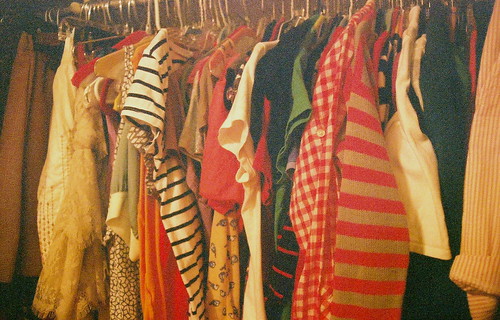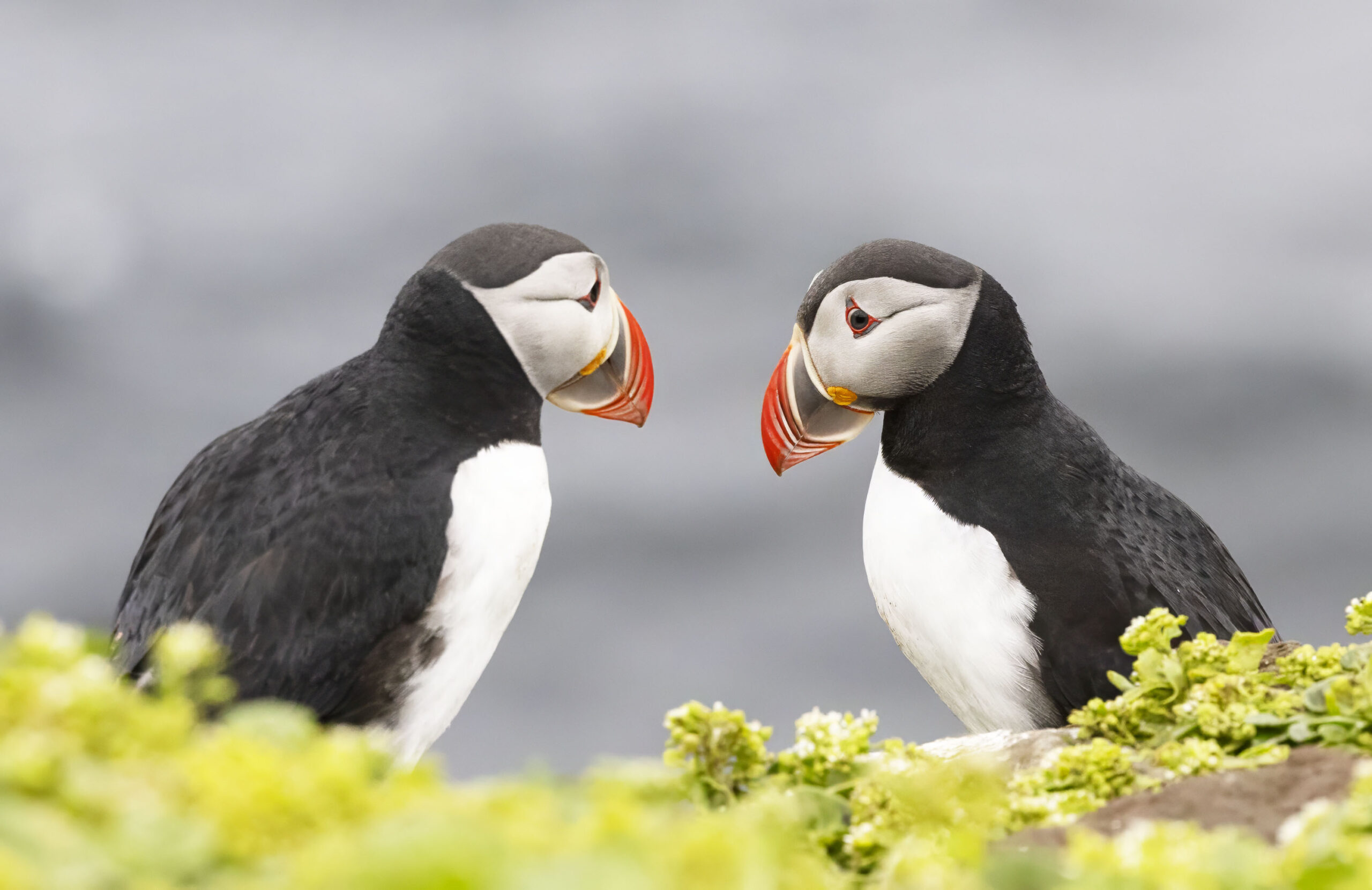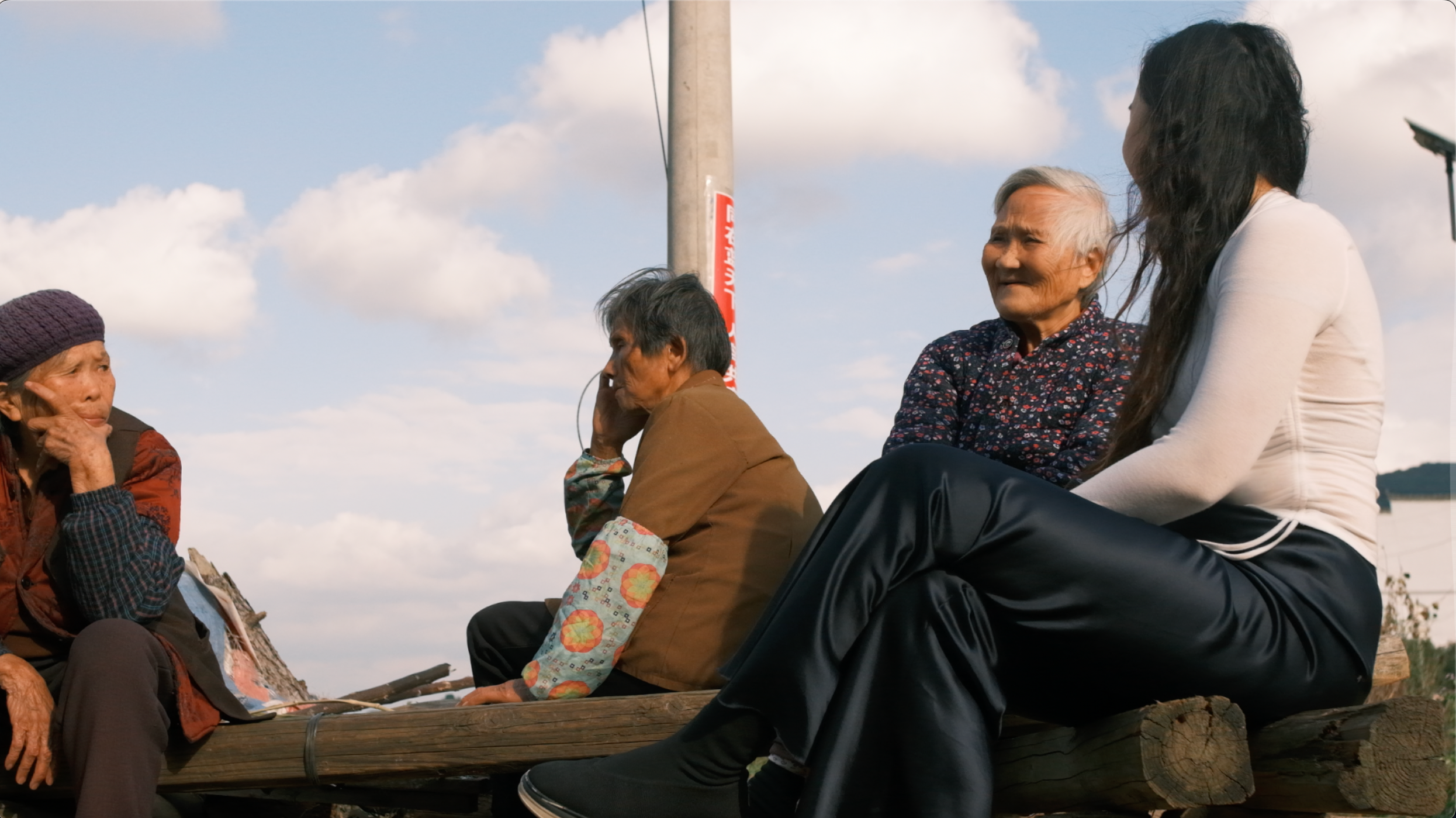By KATE MCLEAN
Introduction by AMY SANDE-FRIENDMAN
Scents conjure up times, people, and places distant from the here and now. At the heart of Kate McLean’s Sensory Maps is the power of aromas, their ability to trigger and concretize emotion and memory. McLean, born and raised in Britain, was inspired by the idea that we form our experience of place through sensory perception. She has researched, recreated, and charted the dominant scents of several cities to paint urban portraits through smell. This ongoing cartographic project is partially intended as a corrective in a world that strongly favors visual and aural information. Through capturing and diagramming the defining smells of a place, McLean tells a city’s history and describes its character. Like postcards and souvenirs, the heightened awareness of scent can enhance a visitor’s memories; for the residents of a community, local scents are signifiers of history and identity.
The cities McLean has smell-mapped include Newport, Rhode Island; Edinburgh and Glasgow in Scotland; Paris; and New York. She begins her scent research by exploring the city and getting to know its odors, including how they are affected by wind and weather. McLean also performs what she calls “sensory ethnography,” surveying people on the street to ask them what smells they most strongly associate with the town. By going beyond her personal experience of the city, her art broadens into collective history.
Using this olfactory data, McLean undertakes two corresponding projects. She creates purely visual sensory maps that match the odors and their movement to the urban geography. When composing the maps, like those illustrated here, she often eliminates traditional cartographic elements and place markers, such as street names, architectural landmarks, rivers, and parks, suggesting geographic space only through the location and movement of smell. For example, in Smells of Auld Reekie (a nickname for Edinburgh), each dot indicates the origins of a scent, while the color-coordinated contour lines show their dispersal patterns. In this diagram, McLean draws on the visual language of the topographic map but replaces geographic elevations with the movement of urban odors. These smells often have personal and cultural resonance for the residents of Edinburgh, such as the scent of malt extract from the breweries and the greasy smell that emanates from fish-and-chip shops.
In addition to making the visual maps, McLean simulates the recorded odors and captures their essences in vials. To compose the bottled aromas, she has taught herself the alchemy of scent, combining ingredients as varied as ammonia (to create the smell of a boy’s school bathroom) and mashed-up squid (zoo penguins). McLean builds storage cases so that the bottled scents can be exhibited under the visual maps, completing each of her olfactory portraits.
By distilling essences and charting the geography of scent, McLean discovers and records the defining smells of diverse urban areas. Her maps remind us of the fundamental importance of aroma in our memories and in our conception of place.
Introduction by Amy Sande-Friedman. Sensory Maps by Kate McLean.
Click on each image to view full size.

Kate McLean, Smells of Auld Reekie on a very breezy day in 2011, Participatory Edinburgh Smell Map, 2011, Digital print (with nine accompanying scents), 66.2 x 46.8 inches

Kate McLean, Scents of Glasgow 2012, Participatory Glasgow Smell Map, 2012, Digital print (with nine accompanying scents), 66.2 x 46.8 inches

Kate McLean, New York’s Smelliest Blocks 2011, New York Smell Map, 2011, Digital print, 33.1 x 23.4 inches

Kate McLean, Summer Aromas of Newport, Rhode Island, Participatory Newport Smell Map, 2012, Digital print (with nine accompanying scents), 66.2 x 46.8 inches
Kate McLean is a British graphic designer and teacher who received an MFA in graphic design from Edinburgh College of Art.
Amy Sande-Friedman received a Ph.D. in the History Art and Decorative Arts from Bard College and is the director of the Von Lintel Gallery.




